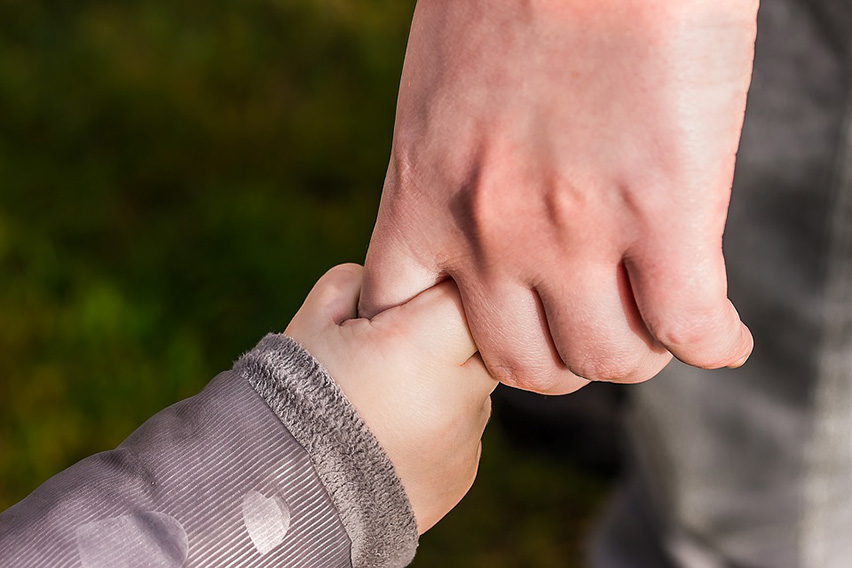Child and adolescent internalizing and externalizing problems 12 months postburn: the potential role of preburn functioning, parental posttraumatic stress, and informant bias
Adjustment after pediatric burn injury may be a challenge for children as well as their parents. This prospective study examined associations of internalizing and externalizing problems in children and adolescents 12 months postburn with preburn functioning, and parental acute and chronic posttraumatic stress symptoms (PTSS) from different perspectives.
The relationship between tics, OC, ADHD and autism symptoms
Gilles de la Tourette’s syndrome (GTS) is a disorder in which obsessive-compulsive (OC), Attention Deficit Hyperactivity Disorder (ADHD) and autism symptoms occur in up to 60% of patients, suggesting shared etiology.
PTSD Symptom Trajectories in Disaster Volunteers: The Role of Self-Efficacy, Social Acknowledgement, and Tasks Carried Out
Millions of volunteers respond after disasters, with a 24% to 46% risk of developing posttraumatic stress disorder (PTSD). It is unclear which symptom trajectories develop and how they differ between core (volunteering before the disaster) and noncore volunteers (joining after the disaster) and which factors predict trajectories.
The Stability of Problem Behavior Across the Preschool Years: An Empirical Approach in the General Population
This study examined the stability of internalizing and externalizing problems from age 1.5 to 6 years, while taking into account developmental changes in the presentation of problems. The study comprised a population-based cohort of 7,206 children (50.4 % boys).
Direct Aggression and Generalized Anxiety in Adolescence: Heterogeneity in Development and Intra-Individual Change
Co-occurrence of aggression and anxiety might change during adolescence, or stay stable. We studied change and stability of four types of co-occurrence regarding direct aggression and anxiety in adolescence: an anxious and non-aggressive type, an aggressive and non-anxious type, a comorbid aggressive-anxious type and a no problems type.
Measurement Invariance (book)
Multi-item surveys are frequently used to study scores on latent factors, like human values, attitudes and behavior. Such studies often include a comparison, between specific groups of individuals, either at one or multiple points in time.
Effectiveness, Mediators, and Effect Predictors of Internet Interventions for Chronic Cancer-Related Fatigue
This paper describes the design and analysis plan that will be used to study 2 Internet interventions aimed at reducing severe fatigue in cancer survivors: a mobile ambulant activity feedback therapy supported through a weekly email by a physiotherapist and a weekly Web- and mindfulness-based cognitive therapy supported online by a psychologist.
Individual and class room predictors of same-cultural friendship preferences in multicultural schools
This study was an investigation of individual and contextual predictors for same-cultural friendship preferences among non-immigrant (n = 125), Turkish (n = 196) and former Yugoslavian (n = 256) immigrant youths (Mage= 14.39 years) in 36 multicultural classes.
Latent trajectory studies: the basics, how to interpret the results, and what to report
In statistics, tools have been developed to estimate individual change over time. Also, the existence of latent trajectories, where individuals are captured by trajectories that are unobserved (latent), can be evaluated (Muthén & Muthén, 2000).
Personality and the Prediction of High-Risk Trajectories of Alcohol Use During Adolescence
Early onset of alcohol use and persistent use of alcohol during adolescence have been associated with later problem behavior, such as heavy drinking and the use of other substances.
Experience of traumatic events disrupts measurement invariance of a posttraumatic stress scale
Studies that include multiple assessments of a particular instrument within the same population are based on the presumption that this instrument measures the same construct over time. But what if the meaning of the construct changes over time due to one’s experiences?
The relationship between behavioural problems in preschool children and parental distress after a paediatric burn event
This study examines mother- and father-rated emotional and behaviour problems in and worries about 0- to 5-year-old children at 3 and 12 months after a burn event and the relation with parental distress.












